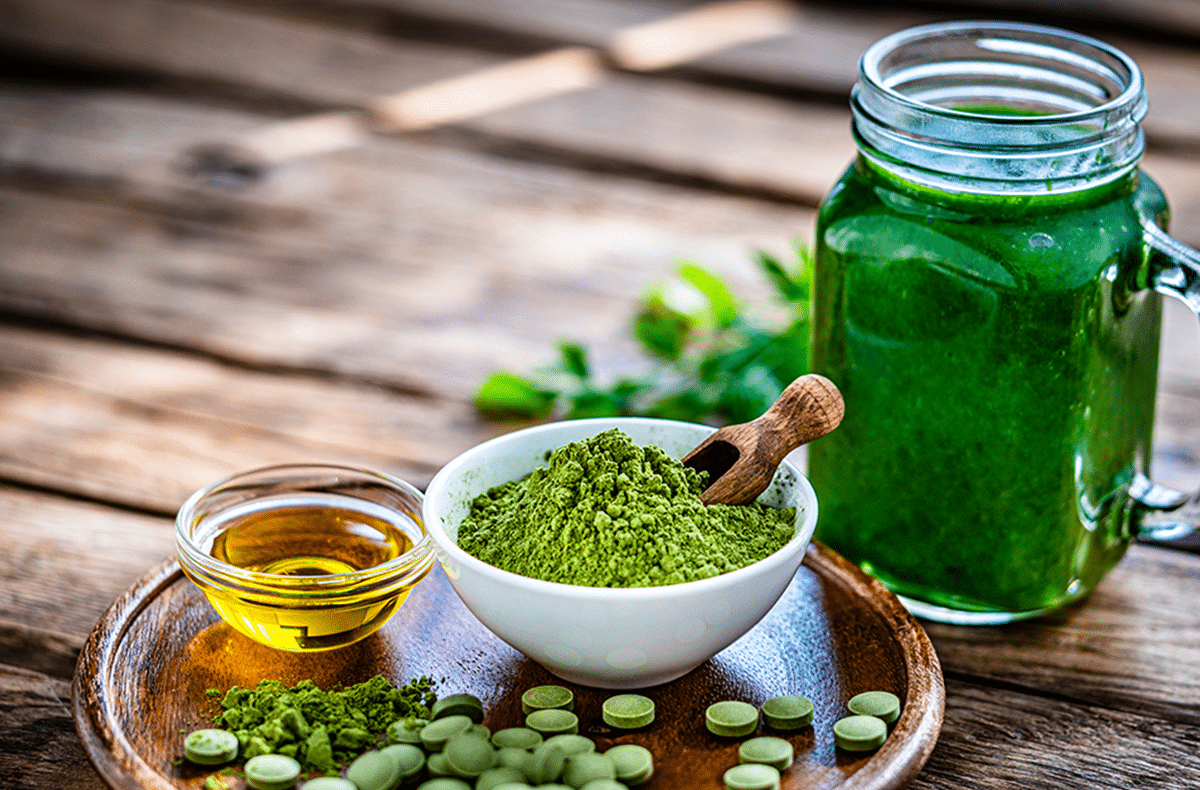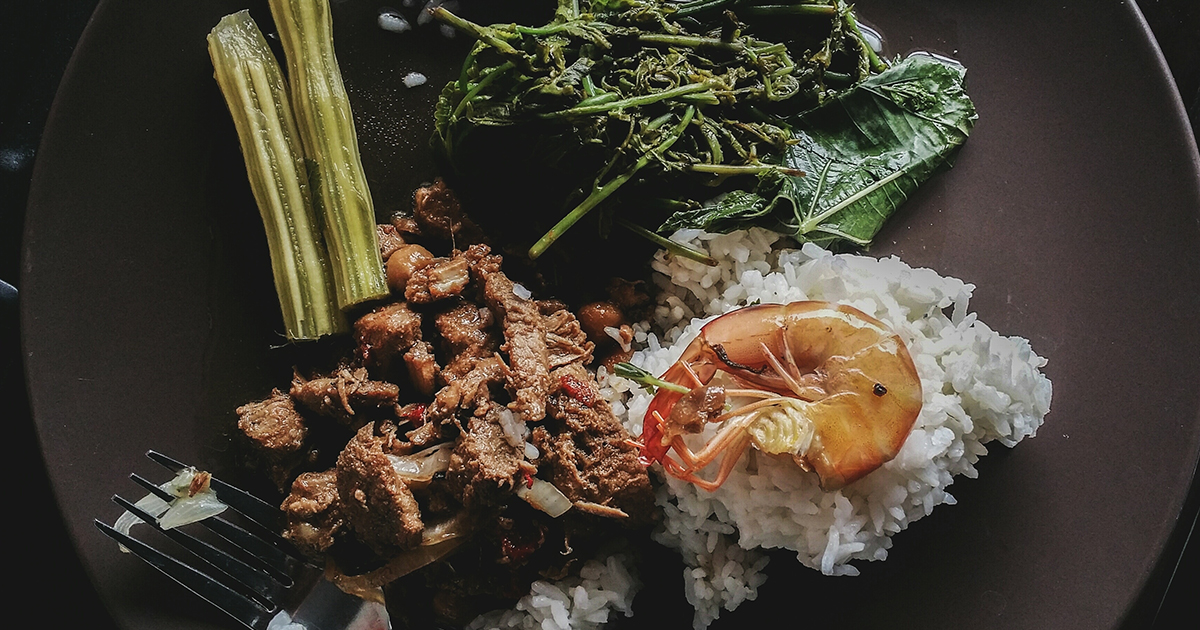How to use moringa and why it’s good for you

Is it a powder, an oil, a vegetable or a condiment? All of these. Just about every part of this tree is loaded with nutrition. Here’s more on the goodness and how to make use of it.
The Moringa has as many names as it has uses. it’s also called drumstick tree for its slender, triangular pods; horseradish tree for the taste of its roots; and benzolive tree for its beneficial oils. It grows fast and up to 12 m tall and has been part of medicinal culture in North India for thousands of years.
Just about any part of the Moringa can be eaten: the immature pods (called drumsticks), the leaves, mature seeds, pressed oil, flowers and roots. The seeds with their bitter taste are popular in Nigeria where they are fried for a snack or added to sauces.
The most important use for the tree so far is to fight malnutrition. It is drought-resistant and a valuable food source. Moringa seed cake, the seed fibres left over after the oil was pressed, can filter most impurities from water.
Related article: 7 foods that pack a potassium punch – and why
Health benefits
Moringa is rich in essential vitamins and minerals. According to the US department of Agriculture, Moringa leaves are a good source of protein, vitamins A, B6 and C, as well as iron, riboflavin and magnesium. The leaves have more vitamin C than oranges, but the pods (though less nutritious) contain even more.
Several antioxidants have been found in the leaves. Among them are quercetin, which may help lower blood pressure. It has much higher levels of zeatin than other plants. This antioxidant helps to keep cells healthy.
Some of the other claims for Moringa power still need scientific backing. The leaves may reduce blood sugar levels. It may fight inflammation, but studies have been limited to animal and test-tube research.
Related article: The secret powers of tumeric
The leaves and seeds seemed to protect test mice and rats against some effects of arsenic toxicity. Whether that will work for humans is not known yet.
What to keep in mind
There can be high levels of anti-nutrients in Moringa leaves. They can reduce the absorption of minerals and protein.
Moringa leaf pills or supplements are sold for help with weight loss but there is no proof that it works.
Though Moringa is safe for most people, researchers say pregnant women should not eat the bark or plant pulp. They contain chemicals that may lead to contractions and miscarriage.
How to use it
The pods can be used like green beans or asparagus. They are best when young and tender before they go woody and fibrous.
The powder blends well with green smoothies and you may find Moringa-infused teas in specialist shops. Add it to any baking but be aware that it will turn your bread or cake green.
There is no miracle plant or superfood and the Moringa tree isn’t either. But though science still has to provide solid evidence, it seems that adding Moringa in any form to a balanced diet will do you some good.
Related article: How to add some spice to health
Related articles

Latest Jet club magazine
We’ve got the latest trends, exciting prizes and exclusive savings just for you!
Jet Club will not pass your details to anyone else. By clicking the subscribe button you confirm you have read and agree to the Jet Club Terms and conditions and Jet Club Privacy Statement.
Subscribe


